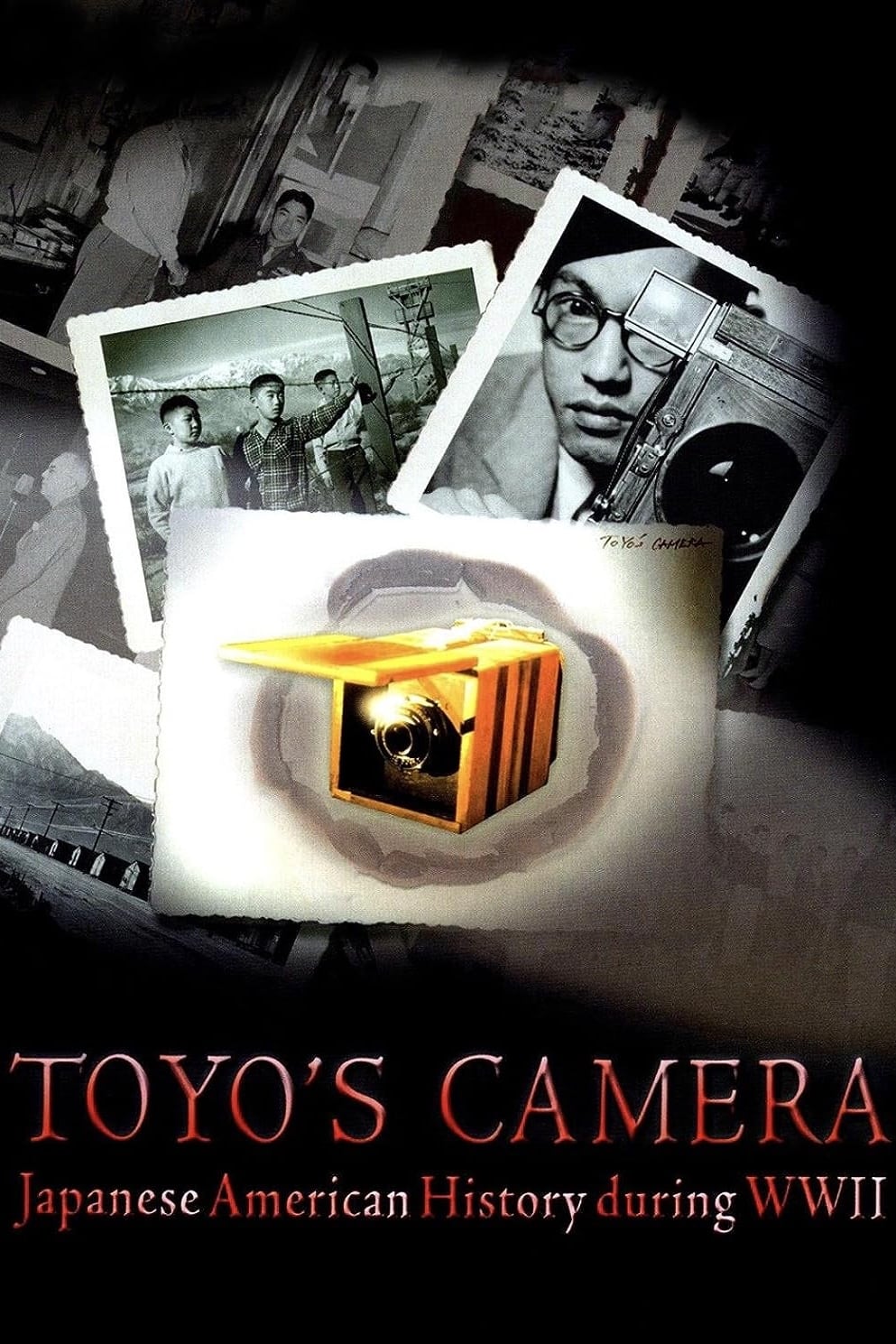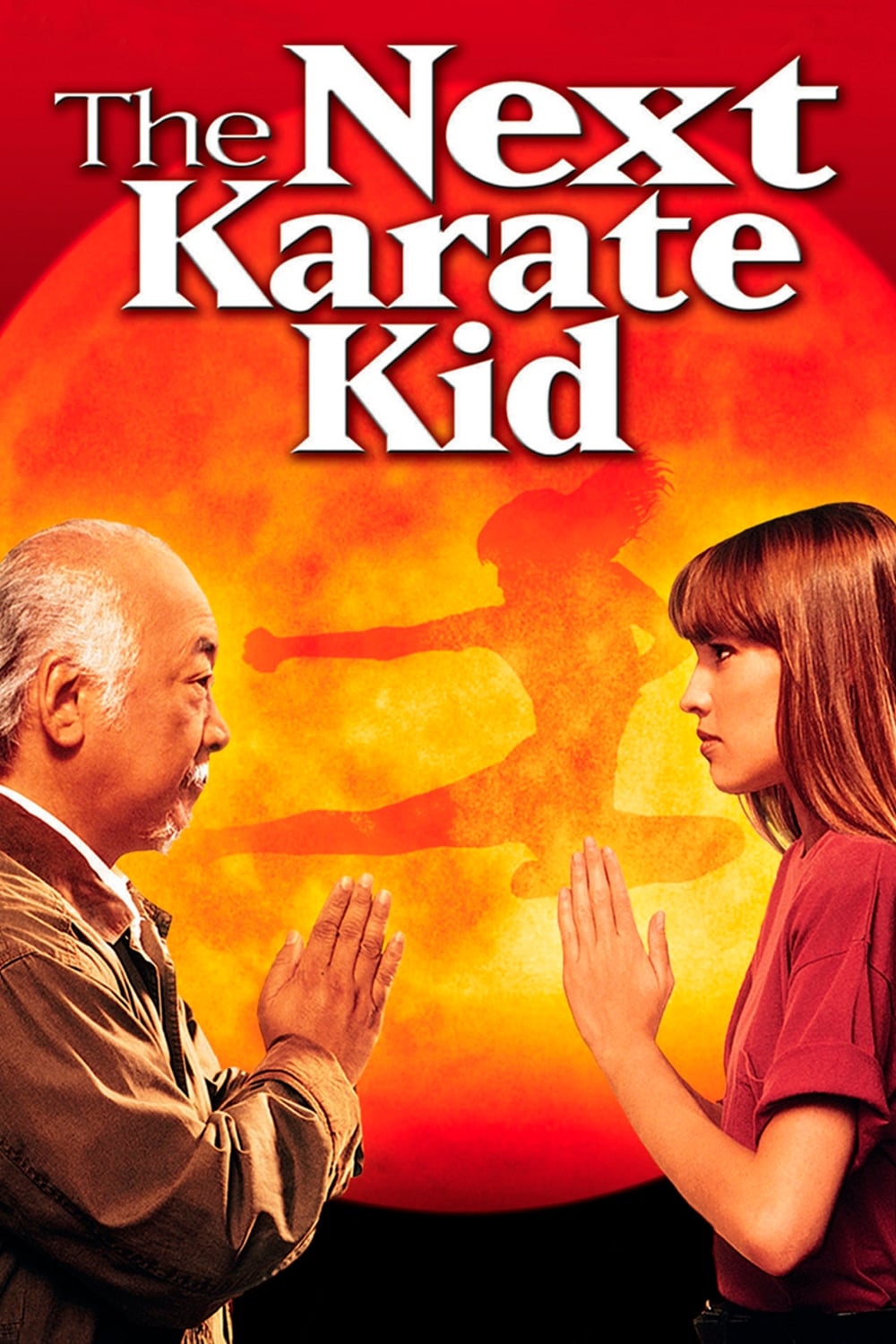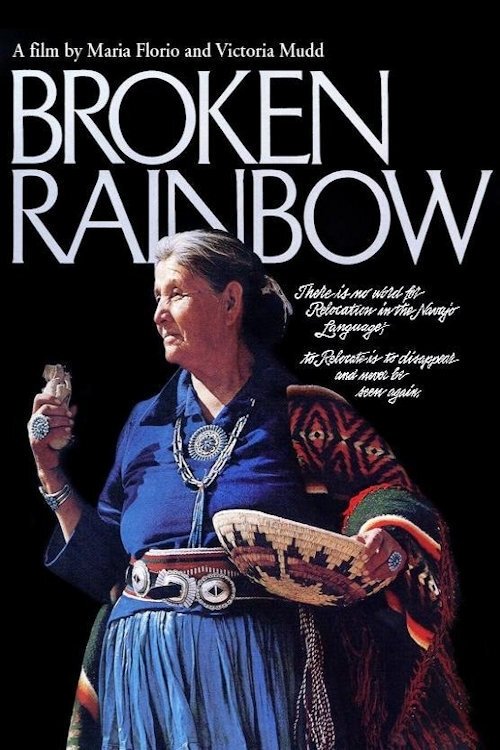

In 1971, after being rejected by Hollywood, Bruce Lee returned to his parents’ homeland of Hong Kong to complete four iconic films. Charting his struggles between two worlds, this portrait explores questions of identity and representation through the use of rare archival footage, interviews with loved ones and Bruce’s own writings.
Medal of Honor Recipient George Sakato said with tear, ' I am not a hero. I just killed a lot of people. It's not good. This medal is for the people who couldn't return their homes, not for me.' Even many soldiers who received the decoration still have deep scars in their hearts now. He is the veteran of 442nd Regimental Combat Team in WW2 composed of Japanese Americans, who were at first seen as the problem because of their race, but later seen as problem solvers because of their splendid achievements on the battle field. They had to fight not only the enemy but also prejudice. This is the story of the 442nd and their veterans now and then.

Even though bringing in cameras to the internment camps was prohibited, one man managed to smuggle in his own camera lens and build a camera to document life behind barbed wires, with the help of other craftsmen in the camp. That man was Toyo Miyatake, a successful issei (first generation immigrant) photographer and owner of a photo-shop in the Los Angeles Little Tokyo district, and of one of the many Americans who was interned with his family against his will. With his makeshift camera, Miyatake captured the dire conditions of life in the camps during World War II as well as the resilient spirit of his companions, many of whom were American citizens who went on to fight for their country overseas. Miyatake said, "It is my duty to record the facts, as a photographer, so that this kind of thing should never happen again."

In 1965, Patsy Takemoto Mink became the first woman of color in the United States Congress. Seven years later, she ran for the US presidency and was the driving force behind Title IX, the landmark legislation that transformed women’s opportunities in higher education and athletics.

Mr. Miyagi decides to take Julie, a troubled teenager, under his wing after he learns that she blames herself for her parents' demise and struggles to adjust with her grandmother and fellow pupils.

Documentary chronicling the government relocation of 10,000 Navajo Indians in Arizona.
Daniel Ken Inouye (September 7, 1924 – December 17, 2012) was an American attorney, soldier, and politician who served as a United States senator from Hawaii from 1963 until his death in 2012. Beginning in 1959, he was the first U.S. Representative for the State of Hawaii, and a Medal of Honor recipient. A member of the Democratic Party, he also served as the president pro tempore of the United States Senate from 2010 until his death. Inouye was the highest-ranking Asian-American politician in U.S. history, until Kamala Harris became vice president in 2021. Inouye also chaired various senate committees, including those on Intelligence, Indian Affairs, Commerce, and Appropriations. Inouye fought in World War II as part of the 442nd Infantry Regiment. He lost his right arm to a grenade wound and received several military decorations, including the Medal of Honor (the nation's highest military award). He later earned a J.D. degree from George Washington University Law School. Returning to Hawaii, Inouye was elected to Hawaii's territorial House of Representatives in 1953, and was elected to the territorial Senate in 1957. When Hawaii achieved statehood in 1959, Inouye was elected as its first member of the House of Representatives. He was first elected to the U.S. Senate in 1962. He never lost an election in 58 years as an elected official, and he exercised an exceptionally large influence on Hawaii politics. Inouye was the second Asian American senator, following Hawaii Republican Hiram Fong. Inouye was the first Japanese American to serve in the U.S. House of Representatives, and the first to serve in the U.S. Senate. Because of his seniority, Inouye became president pro tempore of the Senate following the death of Robert Byrd on June 29, 2010, making him third in the presidential line of succession after the Vice President and the Speaker of the House of Representatives. At the time of his death, Inouye was the most senior sitting U.S. senator, the second-oldest sitting U.S. senator (seven and a half months younger than Frank Lautenberg of New Jersey), and the last sitting U.S. senator to have served during the presidencies of John F. Kennedy, Lyndon B. Johnson, and Richard Nixon. Inouye was a posthumous recipient of the Presidential Medal of Freedom and the Order of the Paulownia Flowers. Among other public structures, Honolulu International Airport has since been renamed Daniel K. Inouye International Airport in his memory.
By browsing this website, you accept our cookies policy.